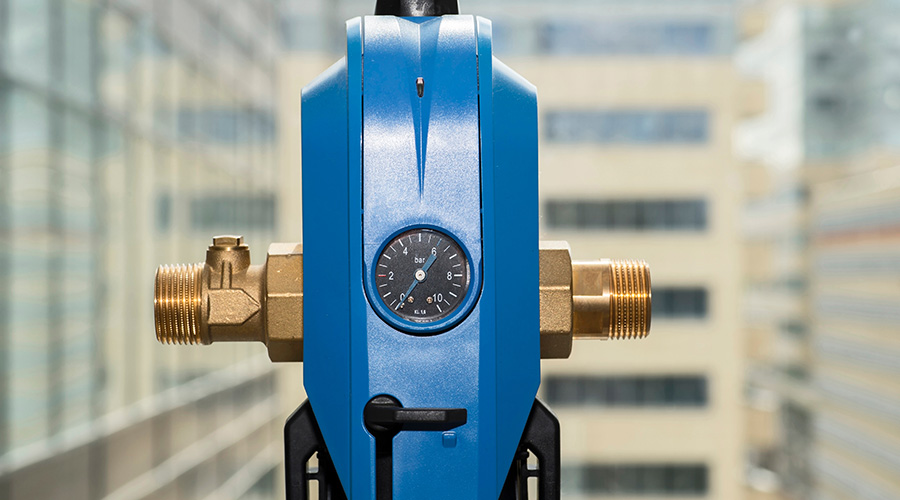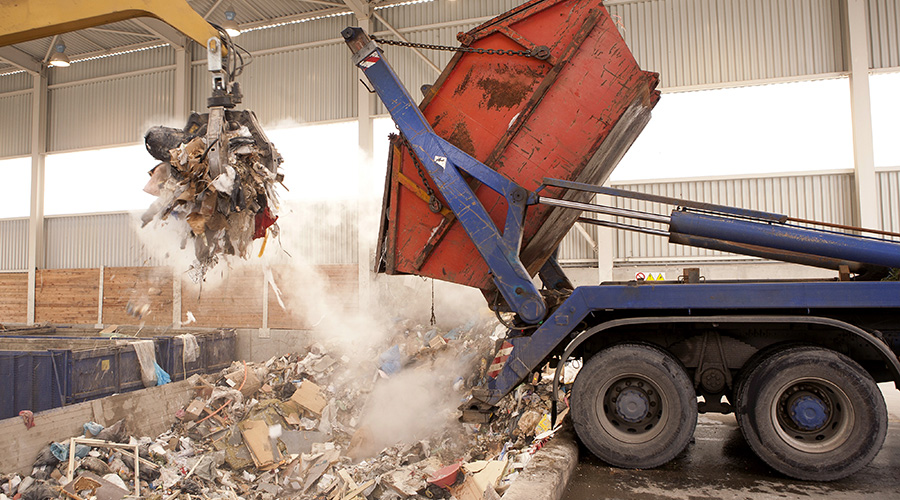California Building Codes Emphasize Reducing Embodied Carbons
State requires low-emission materials for construction of buildings going forward.
By Doug Carroll, Contributing Writer
With a recent update of its building codes, California has become the first state to set standards requiring the reduction of embodied carbon emissions.
The implications are significant for building owners and facility managers, signaling an increased urgency in addressing the reduction of carbon emissions and meeting climate goals.
Building emissions constitute about 40 percent of California’s greenhouse gas pollution. Embodied carbon refers to greenhouse gas emissions that emerge from building materials over their entire life cycle — including manufacturing, transport, installation, upkeep, disassembly and discarding.
California’s changes, in the form of two new codes approved on Aug. 2, will go into effect in July 2024. They limit embodied carbon emissions in the construction, remodeling or adaptive reuse of commercial buildings over 100,000 square feet and school buildings over 50,000 square feet.
“This was 18 months of solid work,” says Webly Bowles, associate director of codes and policy at the Oregon-based New Buildings Institute, which teamed with the American Institute of Architects (AIA) California and other organizations to push for enaction of the new measures by the California Building Standards Commission.
Bowles said some resistance came from the California Building Officials, who were concerned about aspects of verification. But she said the measures put the emphasis on the reduction of carbon emissions where it should be — at the start.
“The onus is being put on the designer, the architect,” she says. “It’s not very different from the commissioning process in building.”
According to AIA California, it can take up to 80 years to overcome the impact of embodied carbon through the reduction of energy usage or operational carbon.
“The planet doesn’t have that time,” Scott Gaudineer, president of AIA California, says in a statement. “Embodied carbon must be reduced in addition to operational carbon.”
California has taken cues from Norway, which began such an effort in 2018 when it passed a new method for calculating greenhouse gas emissions. The new evaluation emphasizes how building materials are transported to factories and construction sites and assesses the carbon emissions from that.
Goals are unabashedly ambitious. Norway’s capital and largest city, Oslo, wants all municipal construction sites to be zero emission by 2025 and all construction work, public or private, to be zero emission by 2030. To make its point, the city has been awarding contracts since 2019 to those building with zero-emission machinery and trucks.
In the U.S., the Architecture 2030 Challenge, issued in 2005, offers a practical path to carbon-neutral buildings by 2030. The goal is that embodied carbon emissions from all new buildings, infrastructure and associated materials are reduced by 65 percent by 2030 — and then reach zero by 2040.
“Many architects have signed on and are already doing this kind of work,” Bowles says.
She said commitments to the challenge have increased dramatically, from 291 projects in 2020 to 924 in 2021 and 3,818 in 2022.
“Nationally, we’re seeing more work at the city level that has a more prescriptive approach,” Bowles says. “Codes are looking at products as well as Whole Building Life Cycle Assessment (WBLCA).”
WBLCA can be used to analyze an entire building system by compiling data from the individual building components. It has emerged as an effective, holistic way to measure embodied carbon and other environmental impacts.
Doug Carroll is a freelance writer from Chandler, Arizona.
Related Topics:












